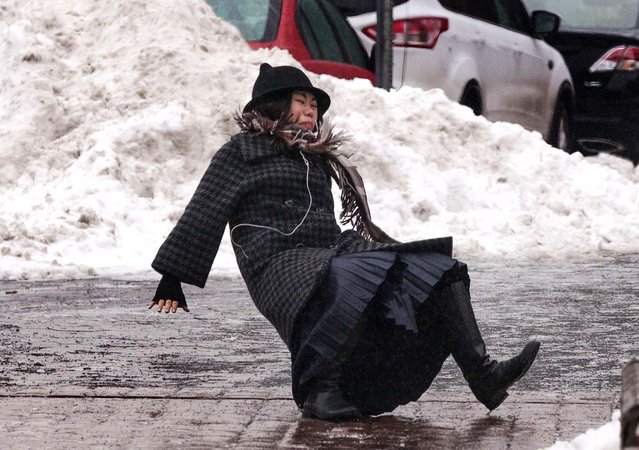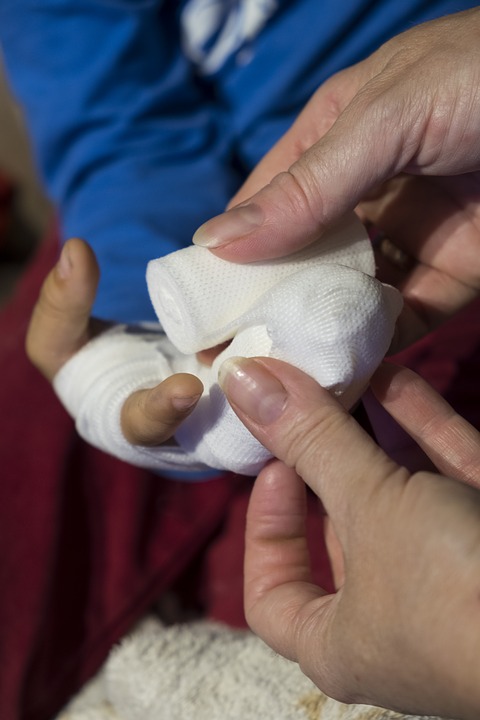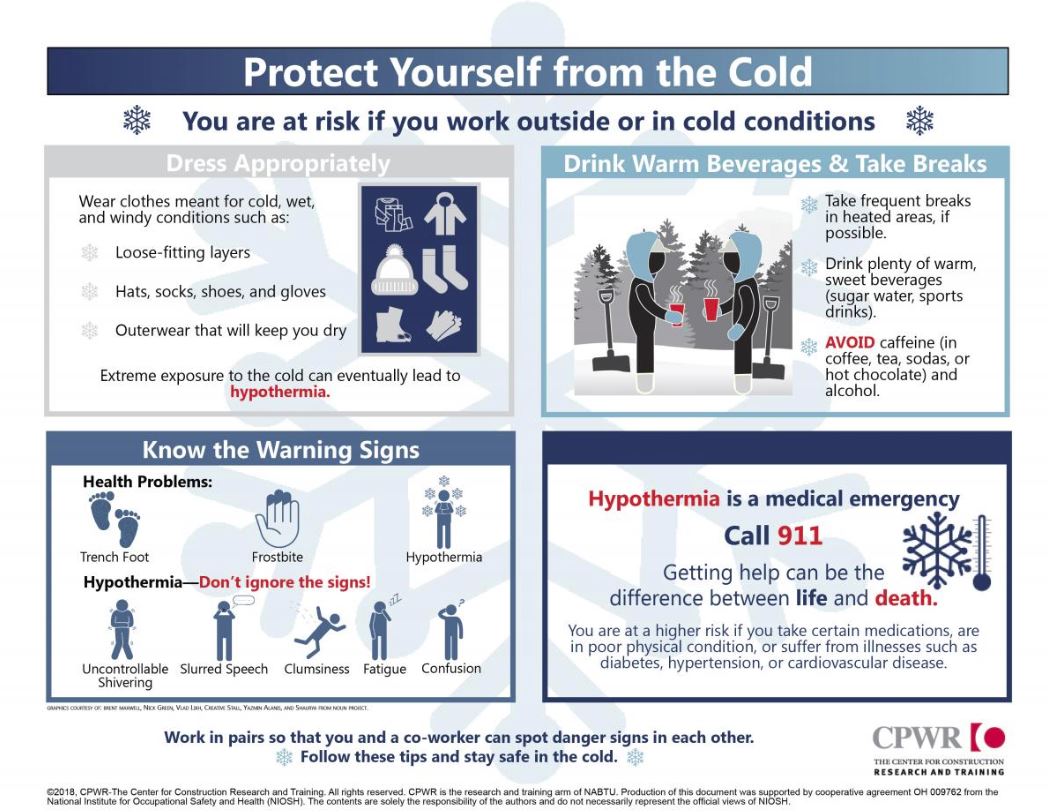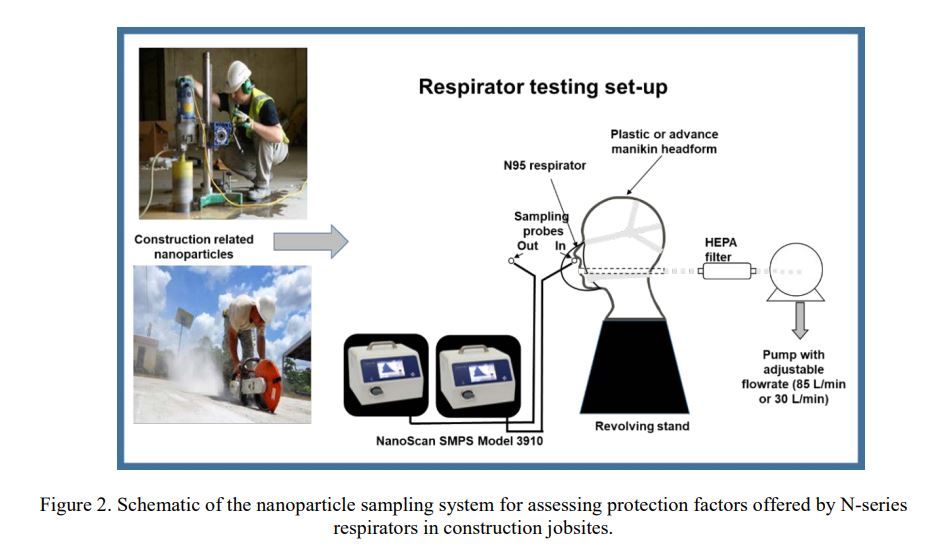Dealing with eSport Injuries
 Just like in any other sports, college eSport athletes suffer from specific injuries, the most common being eye fatigue, neck and back pain, wrist pain and hand pain.
Just like in any other sports, college eSport athletes suffer from specific injuries, the most common being eye fatigue, neck and back pain, wrist pain and hand pain.
Esport, or professional video gaming, is rapidly expanding all over the world. In the US more than 50 universities have their own varsity gaming teams with almost half of them offering eSport scholarships the same way they do for traditional sports. Esport is currently being investigated by the National Collegiate Athletic Association to be recognized as a sport discipline and was recognized as such by the International Olympic Committee in October 2017. More people watch eSport than watch the World Series or the NBA finals. Projections estimate that 427 million people will be watching eSport in 2019 with prizes won by players and sponsorship exceeding $ 1.5 billion.
A recent study by the British Journal of Medicine found that eSport athletes, despite being the subject of much controversy because of their quasi physical inactivity, are also getting injured. College eSport athletes demonstrate manual dexterity, thinking skills and reactions times that average players are unable to match. In order to get to that level, they practice 3 to 4 hours a day at school and often continue at home.
 New York Personal Injury Attorneys Blog
New York Personal Injury Attorneys Blog











